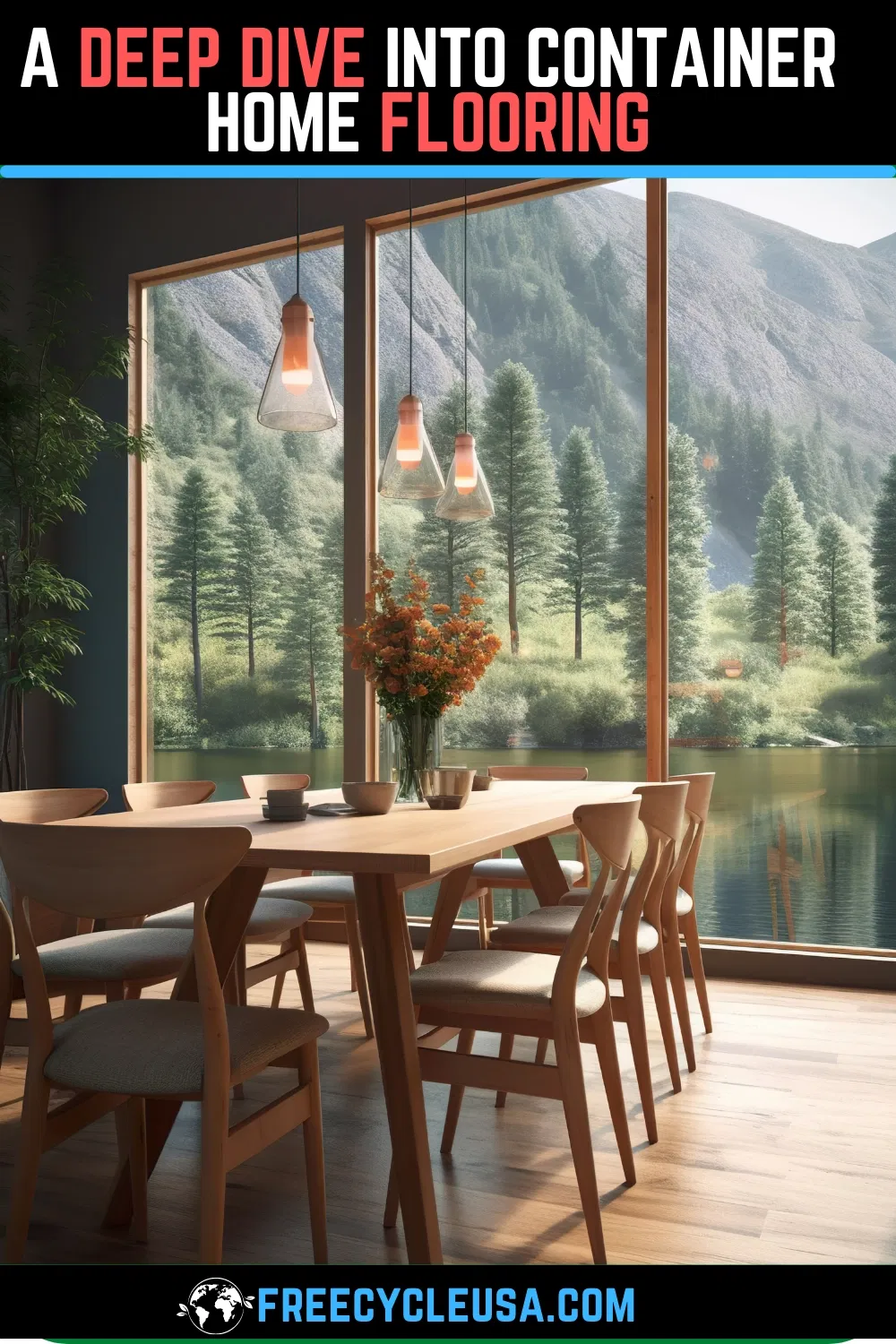The wooden floors constructed into shipping containers have grown to be a hotly contested matter within the last few years. As people find more creative uses for retired shipping containers, they're for proclaiming the positive environmental effect of their recycling efforts. On the other side of the equation, many container floors are manufactured utilizing exotic hardwood trees. While still a renewable resource, it takes fifty to sixty years to grow one of these trees that were cut down to make container floors.
An even bigger problem for consideration is the chemicals impregnated into the container floors during production. Australia has stringent specifications for treating shipping container floors; they are treated with severe pesticides and fungicides to prevent alien bugs and rodents from hitching a ride into Australia. Wood preservatives containing a variety of organochlorine pesticides, like aldrin, dieldrin, chlordane, and lindane, have been approved in Australia for treating lumber used as structural parts in cargo containers. Consequently, manufacturers treat all containers to the Australian specifications; they decided it is difficult to separate the units for any single country out of the fleet and risk the fines and sanctions possible if an unapproved container is caught going into Australia.
Analyses were done on these floors and determined that insecticides might be transferred onto the products sitting on the container floors. The physical pick-up of pesticides from the surface of the deck is considered to be the significant origin of toxins. The most significant insecticide residue levels are found in products that are stored on recently treated laminated sawn timber. Toxins like these earlier mentioned do dissipate significantly after a couple of years, so with special prepping, cleanup, and sealing using epoxy finishes, the chemicals can be isolated. Experts concur that when a barrier inhibits the out-gassing of substances, then there is virtually no risk. This is comparable to lead paint hazards in the past, which have been corrected in older houses.
If the data plate is still on the container, it should indicate the types of chemicals the floor was initially treated with. Naturally, if the flooring was damaged and changed somewhere along the line, the data plate will not help you. Nor will you ever learn what was shipped in as well as leaking on your container floor during its high seas career. If a container will be utilized for any permanent habitation, as a portion of a container house, for instance, the advisable course of action is to eliminate the original flooring, have it properly disposed of, and install new flooring. You're looking at ten sheets of plywood in a 40′ container plus labor; if you're planning to live in or serve food out of a container, then you should include these expenses in your budget.
Find out more great tips and ideas on building your own Shipping Container Home with this Container Home Building Guide.
